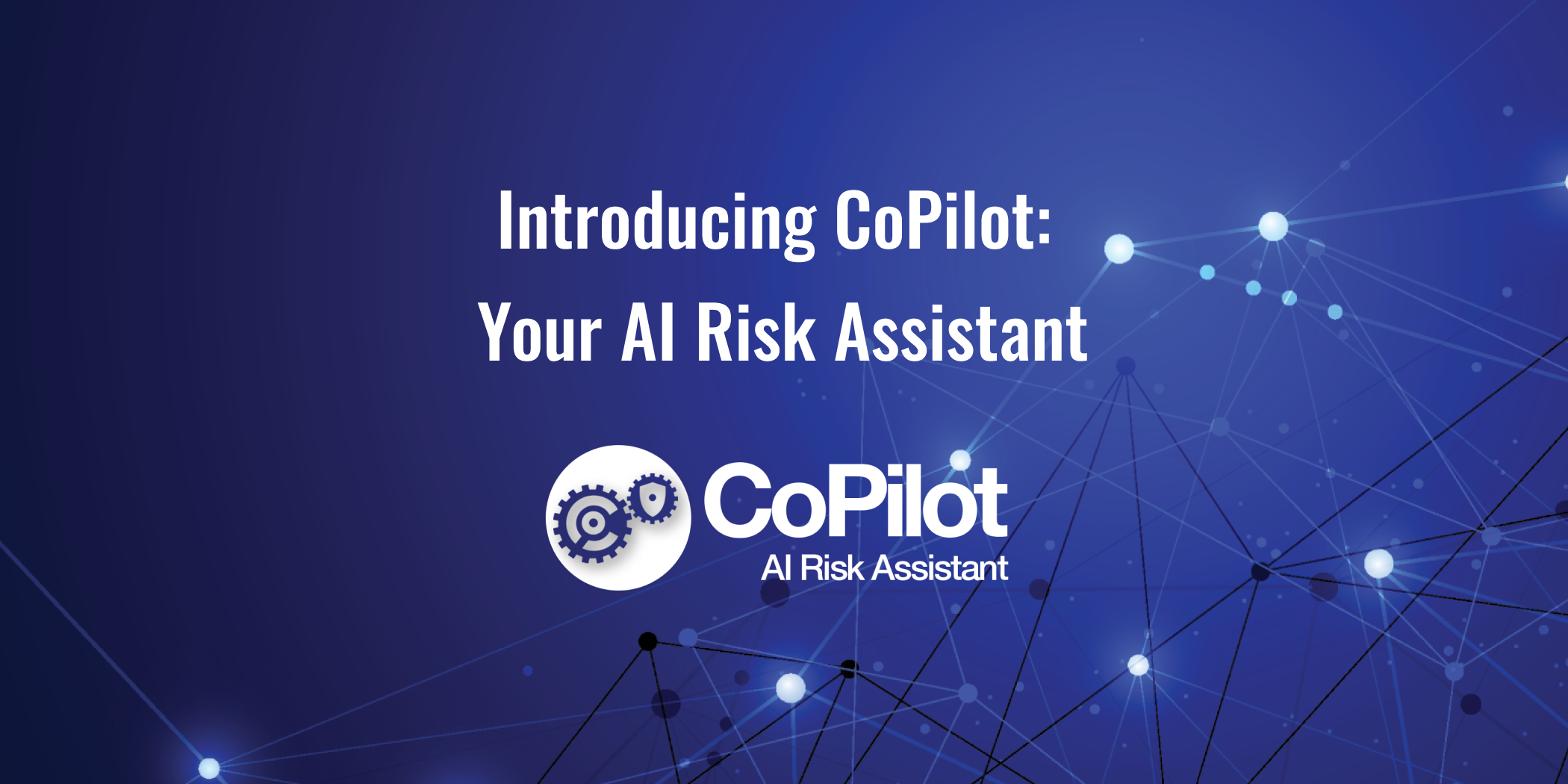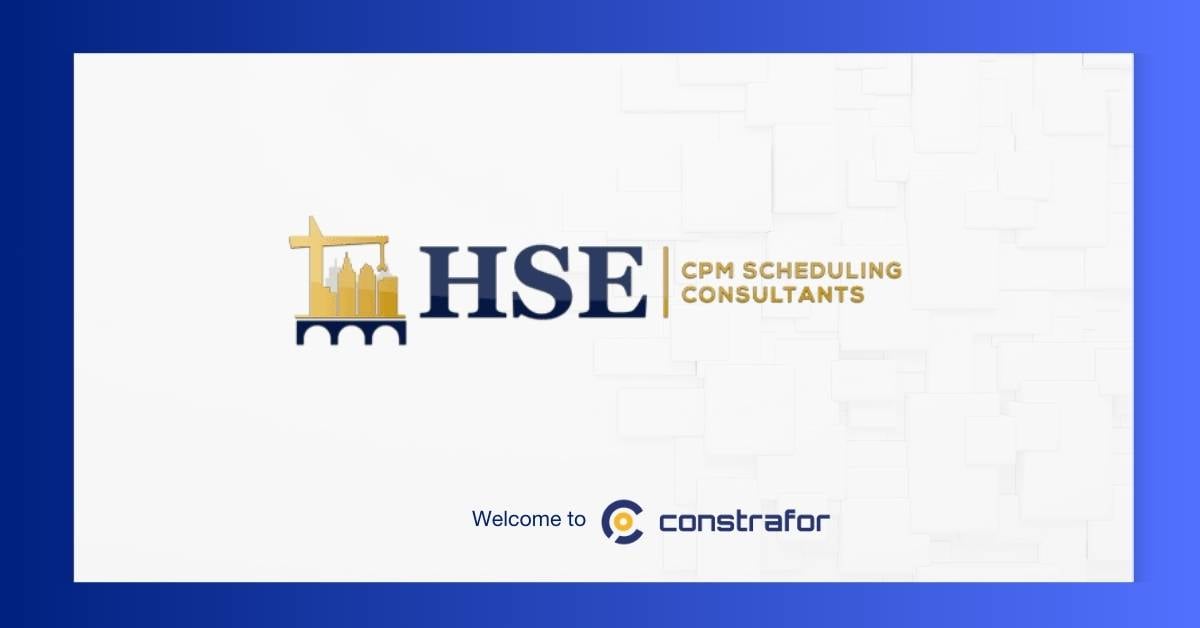The Constrafor Risk Council is a forum where leading industry professionals provide in-depth perspectives about obstacles and opportunities in risk management for the construction industry. These interactive discussions are led by Adam Wolf, Senior Director at Constrafor.
Jump to Content:
1. The Viability of SDI
In recent years, the interest in subcontractor default insurance (SDI) on private projects has continued to rise, largely as a way to increase contractor flexibility when it comes to payment processing. SDI is a standard insurance contract where the general contractor is the named insured. As compared to a surety bond, the general contractor controls the SDI policy, enrolling all prequalified subcontractors for a specific project or policy term. SDI policies generally cover losses related to first- and second-tier contractors and suppliers.
Through SDI, the general contractor is indemnified by the insurance company for any covered direct or indirect costs incurred if one of the subcontractors defaults on performance. These policies also cover losses that are the indirect result of a subcontractor default, such as liquidated damages.
SDI’s flexibility in light of supply chain issues and increased chances of subcontractor defaults, provides owners and general contractors an additional avenue of protection and an easier path to recovery.
→ SDI Advantages
- Speed: Surety bonds typically take a long time to process a claim, as the surety goes through an independent investigation, which can take weeks or months, resulting in lengthy project delays. With SDI, the general contractor presents proof of loss to the insurer.
- Flexibility: With SDI the general contractor can quickly find alternative contractors to fill voids as needed even while waiting to process the claim.
→ SDI Disadvantages
The downside? SDI generally costs between 0.35 – 1.35% of the contract amount, which is in line with performance bond fees. However, SDI often includes other indirect costs such as pre-qualification expenses. As well, SDI tail coverage provides protection for claims that are reported after an insurance policy ends (also known as extended reporting period). These can be expensive, but under the SDI umbrella, the policy covers construction defect problems that were reported, but not fixed by a subcontractor.
One contractor noted: “[With SDI], we were able to show the owner that in the case of issues, such as subcontractor default, our team was able to get recovery a lot quicker, a lot easier, and with a lot more control and flexibility. The key for us is to make sure that we’re doing an adequate job in codifying our subcontractors.”
2. The Convergence of Safety and Risk
Risk management in the construction space covers a lot of territory. In the big picture, it’s the process of identifying risks on a construction job, creating plans to mitigate those risks and monitoring subsequent programs. An effective risk management program relies on a variety of mechanisms including safety programs and technology, insurance, liability coverage, etc.
In many construction firms, safety and risk management are two distinct departments, each reporting directly to leadership, but collaborating on continuous improvement actions.
By sharing data and incident reports, each performing custom data analytics, contractors are able to drive safer and healthier job sites…and lower insurance premiums.
→ Mitigating Risk with On-Site Medical Services
It’s increasingly common for general contractors working on very large multi-year, multi-million dollar jobs to have onsite medically-trained professionals as part of the larger site safety program.
These medically-trained professionals can document and treat minor injuries as well as manage the overall well-being of the team. The advantage of these on-site services include:
- High visibility about safety
- Improved reporting
- Minor treatments don’t count as a recordable (unless the individual is referred to a medical professional)
- Keeps worker’s compensation exposures low
The downside is that onsite medical attention is costly, so is really only possible on very large projects.
3. The Burden of Cyber
Thousands of ransomware attacks in 2021 are predicted to cost global businesses over $20 billion, according NordLocker, an encryption software firm based in the U.K. and the Netherlands, and one of the top industries open to the most frequent breaches, is construction.1 In its 2022 SonicWall Cyber Threat Report, cybersecurity firm SonicWall reported a 105% increase in just ransomware attacks in 2020 versus 2021, and 232% since 2019.
Industry experts recommend continuously updating cyber security best practices and getting cyber insurance. The first should be a priority at the highest levels, while the second is increasingly difficult and costly even with large limits.
Critical components of a comprehensive cyber strategy will include multi-factor authentication, backup files, strong usernames and passwords as well as continuous training and updates for employees.
But that’s just the beginning. Cyber insurance could be a necessity, though getting a quote will require considerable time with an underwriter and likely some significant adjustments to existing processes.
Meet the Panelists
John Tuisl
Vice President Risk Management
James McHugh Construction Co.
Patrick O’Connor
Vice President Risk & Insurance
Walsh Group
Jerry Flemming
Vice President Risk Management
Tutor Perini Corp.
Richard McSwain
Director of Risk Management & Legal
Bartlett Cocke General Contractors
William Satterfield
Risk Manager
Rodgers Builders
Brad Halliday
Risk Manager
M.B. Kahn Construction Co.
Ryan Pitterson
Regional Direct Risk Management
Turner Construction
Constrafor COI Management
Interested in learning how Constrafor can streamline your back-office tasks and help mitigate risk? Learn more here or book a meeting with an expert below.





